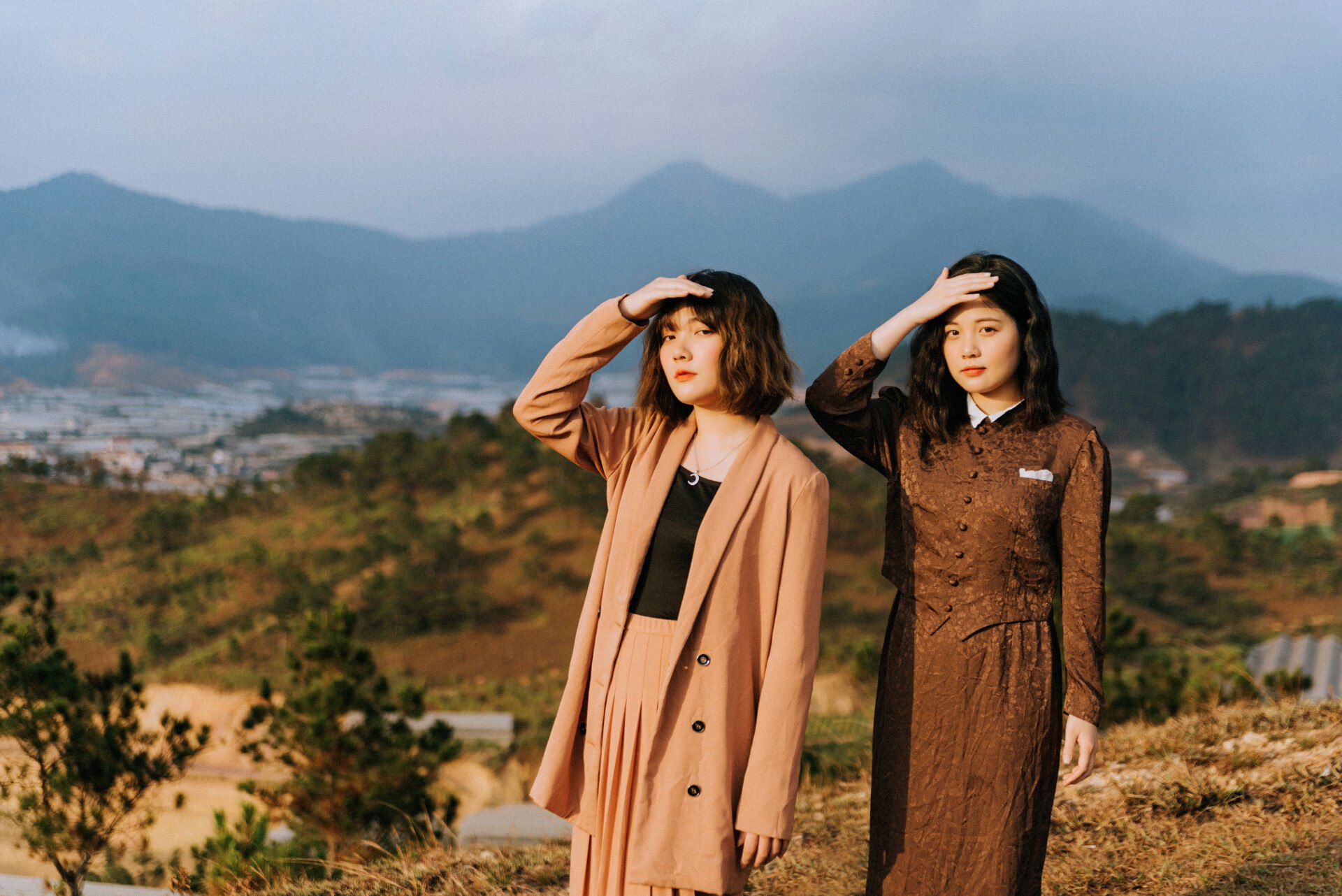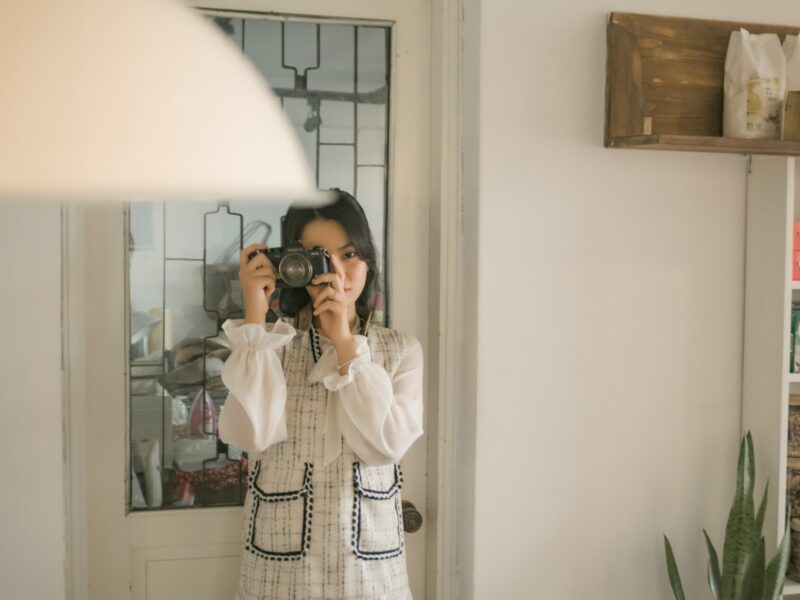A unique and beloved tradition throughout Japan is the custom of grooms and brides exchanging precious bridal gifts. Many couples select gifts they hope will be shared for a lifetime, often choosing items which have special meaning. This gesture of love and appreciation has become an important part of the wedding ceremony, one that has been practiced for hundreds of years.
The prevalence of this courtly exchange of wedded matrimony gifts stems from the Heian period (794 – 1185). This period, which is often considered Japan’s age of chivalry, was characterized by a reverence for luxury goods and finery. As a symbol of their ever-lasting bond, couples of the time presented one another with gifts they valued most. These traditions quickly spread among the burgeoning samurai classes, and eventually to the entire population of Japan.
Nowadays, it is all but expected of Japanese couples to exchange wedding presents. Popular gift items range from household goods to jewelry and priced according to the financial means of the parties involved. The groom usually presents the bride with jewelry and other traditionally expensive objects, while the bride often gifts her betrothed with delicacies and household items.
Most couples also receive numerous shared gifts from their families and friends. These presents often include home furnishing, appliances, electrical items and other together items. Nevertheless, couples themselves most often go for presents that are more personal in nature, allowing them to greatly appreciate the items they possess.
Despite the incessant variety of wedding presents available to couples nowadays, those of Japanese heritage often stick to traditional sentiments and opt for gifts that are both reserved and thoughtful. This centuries-old bridal tradition is still celebrated in Japan, providing an unforgettable bond between couples of the modern era.
Top Japanese bride platforms & dating sites
- SakuraDate — Best for finding Japanese brides
- LanaDate — Best for having fun chats with Japanese women
- NaomiDate — Best for meeting Japanese singles online
- GoldenBride — Best for finding the right Japanese match and building a serious relationship
- MagnoliaDate — Best for dating Japanese girls
The Allure of Japanese Brides: Why They Are So Popular?

Japan is known for traditional customs, and brides are no exception. Japanese brides intertwine both ancient and modern fashion in their special day, creating a unique and enchanting wedding ceremony. From clothing, to accessorizing, to rituals and ceremony, Japanese brides offer a unique cultural experience.
Brides in Japan are valued for being natural and understated. It has become a trend for brides to wear subdued colors such as white, cream, and navy blue during the wedding ceremony, as opposed to brightly colored and elaborate dresses. To complement this look, brides often opt for floral adornments like jasmine and cherry blossoms to create a delicate, romantic atmosphere.
Traditionally, Japanese brides have sported elaborate headpieces, called kanzashi. These ornamental hair pins are often used to hold the bridal bun in place, and are usually accentuated with folded fabric flowers and beaded runners. The kanzashi can be beautiful works of art in themselves, and the unique history of these pieces add to the allure of a Japanese bride.
Japanese brides are also known for their traditional rituals, such as the san san kudo. Traditionally, the bride and groom exchange sips of sake three times each, from three different cups, to represent their union in the three realms of their relationship–heaven, earth, and mankind. This ceremony is symbolic of the commitment and trust between the two families.
Gifting plays a large role in Japanese weddings as a symbol of gratitude. Brides elatedly receive gifts from their guests, which typically include items such as stationary and beauty products. Some brides decide to be creative and give their guests a gift related to the theme of their wedding.
Becoming a Japan Bride: The Process
The process of becoming a Japan bride is quite involved and requires commitment for it to be successful. It is important to note that Japan is a complex and unique culture with its own set of unique customs and practices that go far beyond what many people may have experienced in other countries. Effectively navigating the process of becoming a Japan bride requires knowledge of the culture, its customs, and rituals. Below, we have outlined the key steps to becoming a Japan bride.

Step One: Find a Japanese Marriage Partner
This is by far the most important step to becoming a Japan bride. A successful marriage relies heavily upon the compatibility between both partners. Before entering into a relationship, take the time to carefully consider the background, interests and values of your future partner and assess if your beliefs and lifestyles are intended to be compatible. It is also important to remember that marriage in Japan is not taken lightly, and it can be seen as a gateway to connecting with your family and community.
Step Two: Learn Japanese Customs and Practices
In order to properly integrate into the culture of Japan, there are certain customs and practices that must be followed. While it is encouragedto immerse yourself into Japan and learn about the culture, it is essential that you familiarise yourself with such customs and practices. This includes learning about common wedding traditions, gifts, and other cultural customs. It is also extremely beneficial to learn basic conversational Japanese, as this will help you better communicate with your partner and their family.
Step Three: Follow the Appropriate Procedures
Before making any decisions regarding marriage, there are certain legal procedures that must be followed. This includes obtaining the required certificates from Japan’s Ministry of Foreign Affairs, registering for marriage in Japan, and applying for the partner visa. Further, Japanese law states that any foreign couples wishing to marry must hold a religious ceremony in Japan (this can be converted to a civil ceremony upon request).
Step Four: After Marriage
Following the process of becoming a Japan bride, the newlyweds should attend family events, social gatherings and other formal events. A few of these events include Yakudoshi, which celebrates the 60th year of the father’s life, and Ketsu-en, which marks the start of the mother-in-law’s 100th year of life. In addition, both partners are required to become co-guardians and cohabitants for two years in order to establish a permanent relationship. This ritual is known as Nenki.








